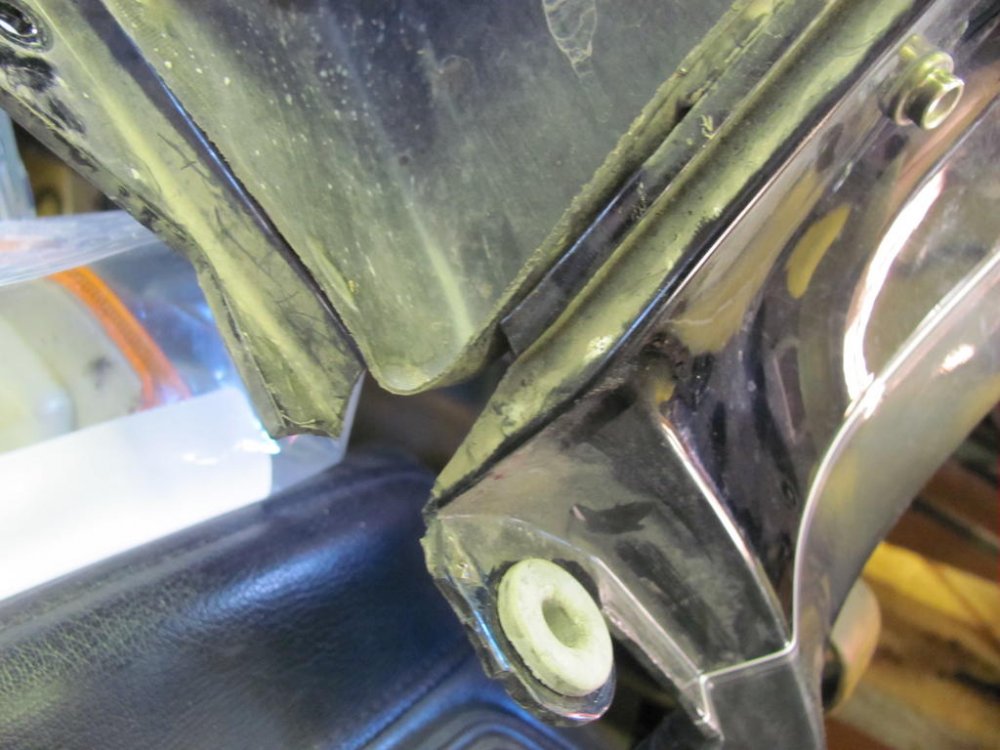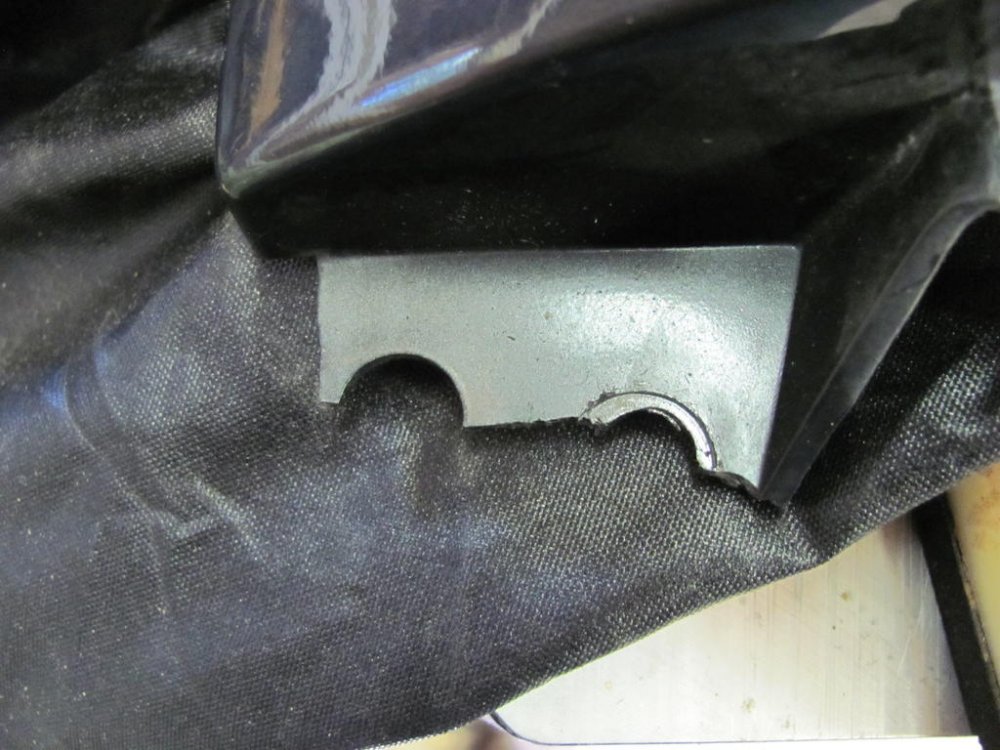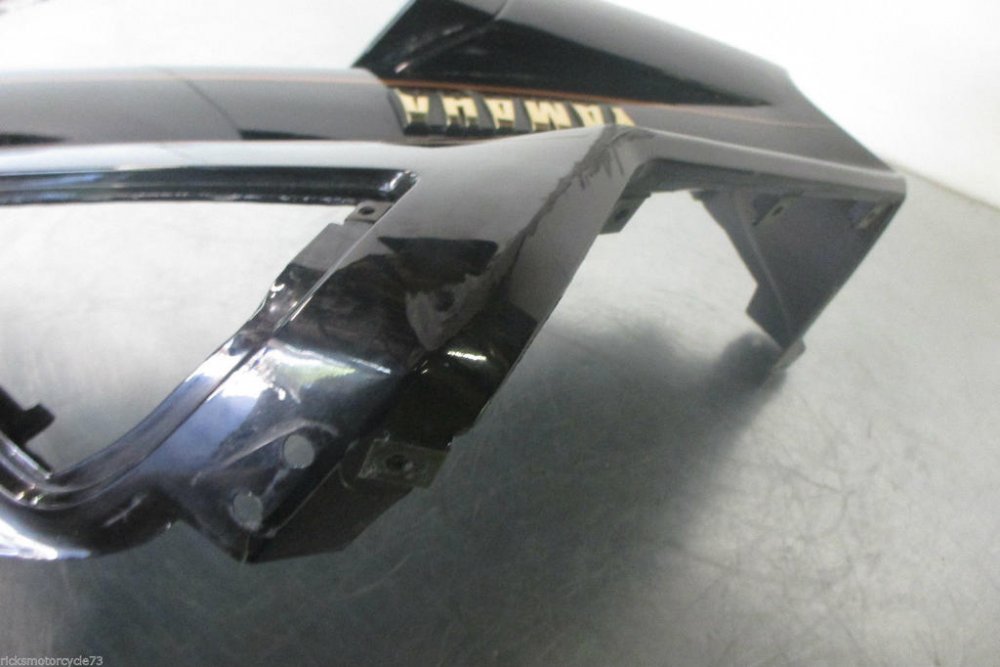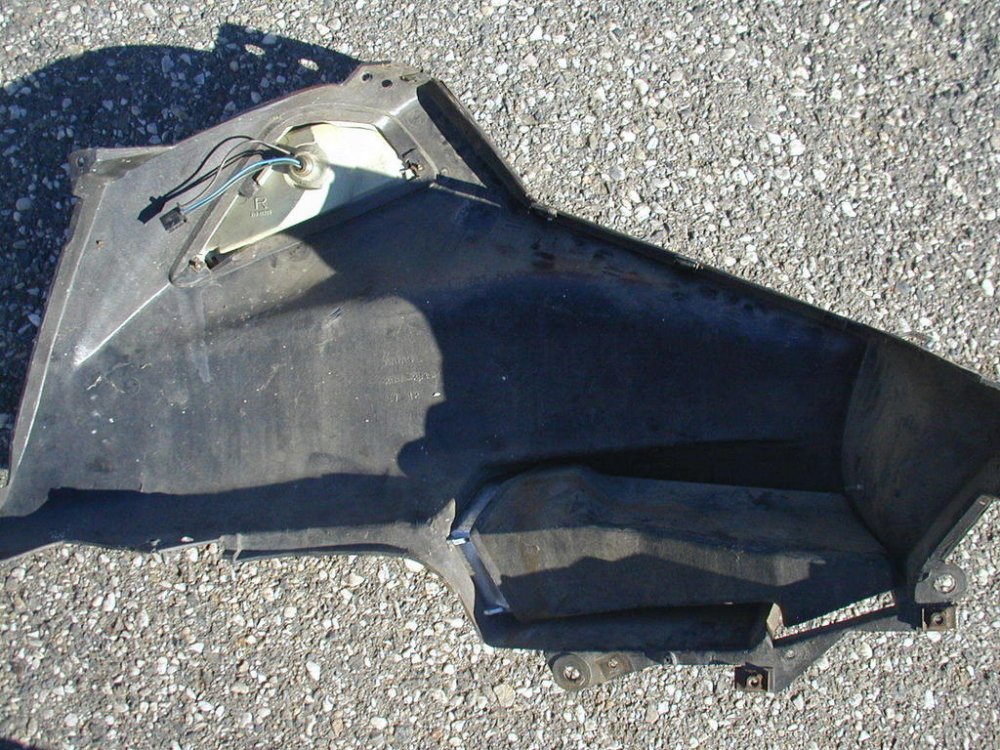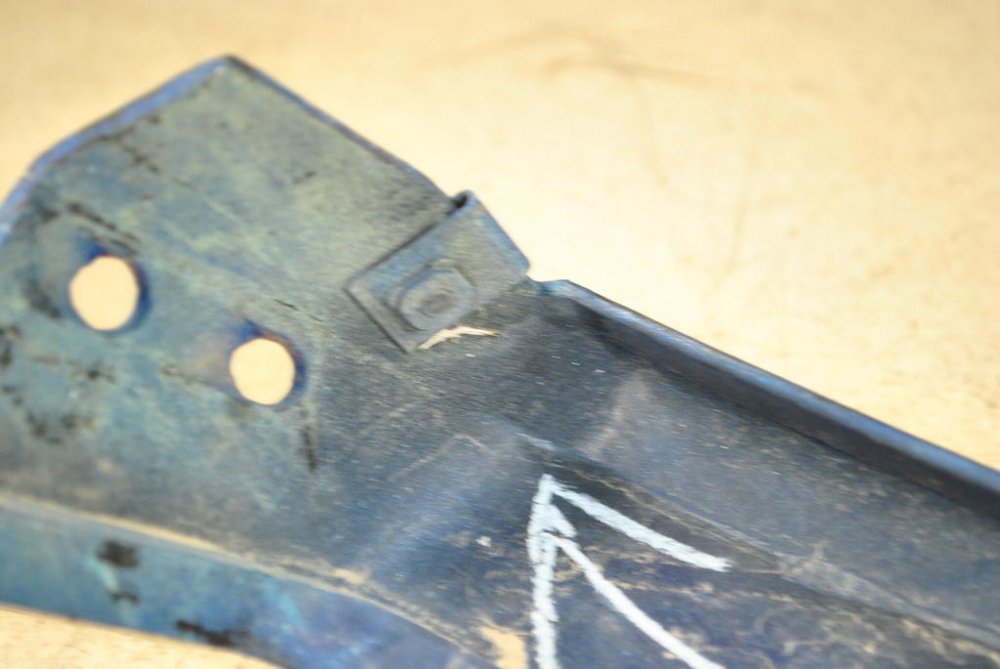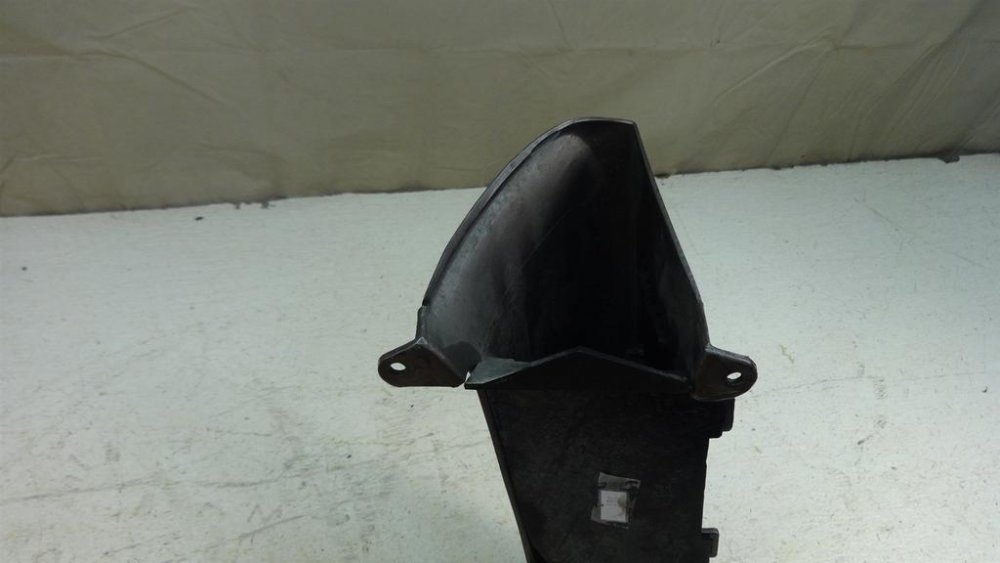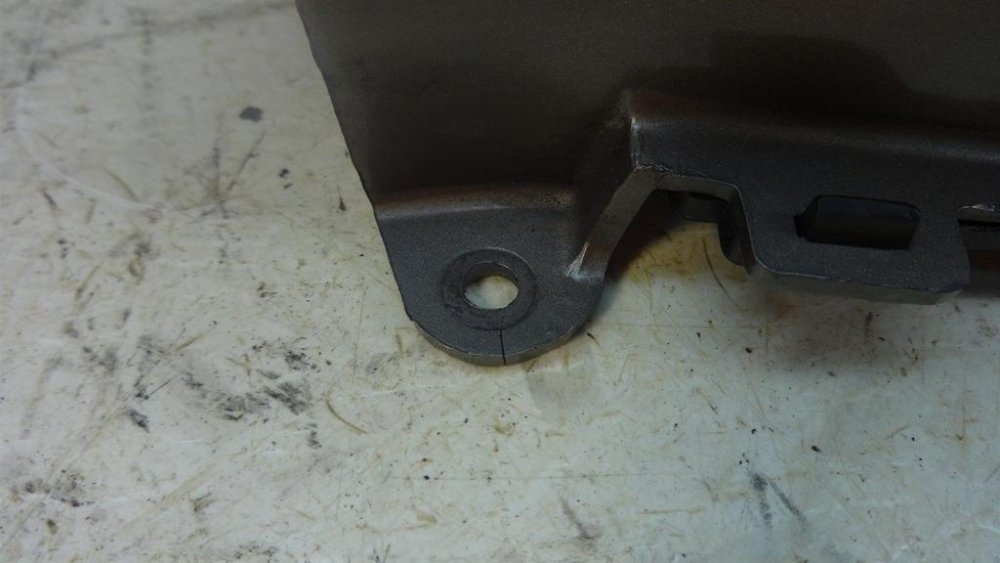-
Posts
3,621 -
Joined
-
Last visited
Content Type
Profiles
Forums
Gallery
Events
Store
Everything posted by Prairiehammer
-

First gen info
Prairiehammer replied to BarryF's topic in Venture and Venture Royale Tech Talk ('83 - '93)
Welcome Barry. From your description (no radio, no CLASS, "1986", "11/85") I am guessing you have yourself a 1986 CANADIAN Standard Venture. Yamaha USA never imported to the US a 1986 Standard Venture, however, Yamaha did send the 1986 Standard to Canada. Removable saddlebags?! Removable trunk?! Hmm. Not sure about what to make of that. Unless someone changed out the rear subframe to allow 1983-1985 removable saddlebags on a 1986. The VIN will tell all (well, at least how it was built from the factory). It is also possible someone installed a 1986-1993 1300cc engine into an older frame. Confirm that the engine number (stamped into the crankcase over the middle gear) matches the frame number. Physically check the VIN (both on the removable lower frame rail, [might have been replaced] and most importantly, confirm the VIN as stamped on the steering head frame.) My educated guess is that the VIN is 1VE00xGA000xxx? A darker blueish colour? -

mexico VIN and parts
Prairiehammer replied to tntviper1's topic in Venture and Venture Royale Tech Talk ('83 - '93)
Sure! But, with the Canadian maple leaf sticker, I suggest that it may prefer to speak French. -

mexico VIN and parts
Prairiehammer replied to tntviper1's topic in Venture and Venture Royale Tech Talk ('83 - '93)
Apparently some of the early 1983 Ventures intended for non-US destinations may not have the standardized 17 character VIN. I know of several Canadian First Gen Ventures (all early build 1983 Standards) with just "31H 000xxx" for the VIN. I am mighty curious as to your Ventures VIN. Care to forward it to me? BTW: All First Generation Ventures were built in Japan. -

oil sending unit
Prairiehammer replied to Big Auggie's topic in Venture and Venture Royale Tech Talk ('83 - '93)
I believe it is a magnetic reed switch with a floating magnet. Here is a picture of a more modern Yamaha oil level switch (almost a cutaway look) showing an obvious ring surrounding a center armature. The Venture and other Yamaha products has a visually similar oil level switch, albeit several holes (second pic) instead of the more modern slots. -

About the front fork suspension
Prairiehammer replied to camos's topic in Venture and Venture Royale Tech Talk ('83 - '93)
Clive, You MUST have aftermarket springs, perhaps not Progressive® brand. Follows is a pic of the stock 1986-1993 spacers. And a pic of Progressive® springs alongside stock 1986 springs. -
Yes, it will bolt right in. Although all First Gen Venture fuel tanks are interchangeable, they are not all identical. For instance, the 1983 and 1984 fuel tanks use a non locking gas cap (the fuel filler door locks). The 1985-1993 fuel tanks use a locking gas cap with a non locking fuel filler door. The 1985-1993 locking gas cap will NOT work on the 1983-1984 fuel tanks. The fuel tank neck/opening is different. Just a FYI.
-

Carb parts
Prairiehammer replied to garyS-NJ's topic in Venture and Venture Royale Tech Talk ('83 - '93)
@garyS-NJ you better snap this up. -

Carb parts
Prairiehammer replied to garyS-NJ's topic in Venture and Venture Royale Tech Talk ('83 - '93)
But not the one Gary needs. -
Boats.net does show the lower bushing, 3JJ-23171-00-00. It is called "PISTON, front fork". The 1983-1985 forks did not have that aluminum plug/slug or as Yamaha calls it "CAP". On the MKI there is spring, steel spacer stack and then the "BOLT, cap". Yes, the BOLT, cap should have an O-ring on it. O-ring PN: 26H-23147-00-00.
-
TEN CAR GARAGE?! OMG. I can imagine a temporary "barracks" for all the MD attendees in that "GARAGE". Yeah, you might have to raise the VR rent to $13 annually.
-

Carb parts
Prairiehammer replied to garyS-NJ's topic in Venture and Venture Royale Tech Talk ('83 - '93)
Yamagrl is correct. Here's a clearer picture of 1983 cabs showing that bracket. And a picture of 1991 carbs shot from a lower angle, showing that bracket in a semi-profile. It is not a simple plate as the right side is. Here is another shot of that bracket. It serves a throttle cable holder as well as joining the carbs. This is from a VMX12. Same as XVZ13/12. -
http://www.boats.net/parts/detail/yamaha/Y-12R-14105-00-00.html I am not sure what you mean by "fuel passage caps". Perhaps you are referring to this "cap", number 37 on the microfiche? http://www.boats.net/parts/search/Yamaha/Motorcycle/1991/XVZ13DBC/CARBURETOR%20NON%20CALIFORNIA%20MODEL/parts.html
-
The preferred solvent for ABS is MEK. I've used it to fix cracks in which the parts are tightly closed. Just let the MEK wick into the crack. It is a chemical bond when done. Usually I follow up the MEK with an application of ABS cement. Adding a little methyl ethyl ketone (MEK) to an opened ABS cement can will return it to it's original consistency. The added MEK replaces the evaporated solvent. Dissolve ABS shards and shavings in MEK to make your own ABS cement. One may purchase ABS sheets (I used 1/8" thick) on eBay. ABS rods are also available on eBay. BTW: ABS cement will not adhere to polyethylene. This characteristic is useful when one is trying to solvent weld pieces of ABS in a jig and does not want the pieces adhering to the work surface. Aluminum foil self-adhesive tape is also useful for holding pieces in place until the solvent weld is complete. After the ABS is cured, the aluminum tape peels right off, leaving a smooth surface.
- 12 replies
-
- cowling assembly
- mirrors
-
(and 1 more)
Tagged with:
-
I took a bunch of photos of the fairing on the 1991 because of all the places it was broken. I'm not sure if any will help you, but they are attached. As for the fairing mount at the mirrors, both mine were broken with missing chunks. I repaired both sides by adding 1/8" ABS pieces to fit and using ABS cement and fiberglass screening scraps, was able to repair to my satisfaction. There were no spacers. Follows is a photo "dump" of all my fairing pics. Relevance is questionable for you, as most of these pics show "before", as in broken. I don't know what was holding the plastic on the bike! Follows are some pics I took from the internet of various fairing attachment points that were not broken, just so I could approximate the proper shape and hole location for rebuilding mine. I also made cardboard templates to facilitate fabricating missing plastic. Hope some of this helps. But very possibly it does not.
- 12 replies
-
- cowling assembly
- mirrors
-
(and 1 more)
Tagged with:
-
Ride In Peace, Lonestarmedic.
-
As Jonas might say: Takk!
-

Top lid fix
Prairiehammer replied to Big Auggie's topic in Venture and Venture Royale Tech Talk ('83 - '93)
Check out this thread: http://www.venturerider.org/forum/showthread.php?80181-Mk2-Trunk-Lid-cracks -
Don, in this thread there were some pictures. It appears that the pics might have been part of a Word document. Anyway to recover the original format? http://www.venturerider.org/forum/showthread.php?80181-Mk2-Trunk-Lid-cracks
-

1983 Yamaha Venture 1200 XVZ won't Idle after warmed up
Prairiehammer replied to aknoblich's topic in General Tech Talk
CLASSIC symptom of interrupted ignition signal from number two cylinder; usually indicative of a failing TCI and/or poor TCI connections. The hotter the TCI gets, the more prone to intermittent failure. Clean the TCI connectors. Relocate the TCI to the cooler and dryer location on top of the airbox...and cross your fingers. However, if the engine just barely ticks over at idle (is that what you mean by "zero"?) without applying "choke" (enrichener), but after giving it choke, it will idle OK, then that is more likely a plugged pilot circuit in one or more carbs. Plugged or partially clogged pilot circuits is also very common. -

Front Fork Oil Leak
Prairiehammer replied to videoarizona's topic in Royal Star Venture Tech Talk ('99 - '13)
@KIC has an '89. @frankd has an '89. @Golf&Venture has an '89. When I put Condor's brace on my 1990 (with the factory gaiters [yes, @cowpuc, that is how it is spelled]) I found that his brace did not fit between the forks. I trimmed the gaiters and loosened all the pinch bolts AND the axle bolt and was able to install the Condor brace. Jack mentioned that you might have to do those things to fit it, even to a pre-gaiter (gaiters were introduced in 1990) model. I've seen where at least one person used a drum sander to remove some material that allowed for a good fit. Yamaha changed the lower/outer fork legs in 1988 and again in 1990 (to accommodate the gaiters). An external groove near the top of the lower legs is an indication of 1990 or later, as well as the yellowish silver paint (Yamaha called it "light gray metallic" or "light yellowish gray metallic") applied to the 1990 lower forks.


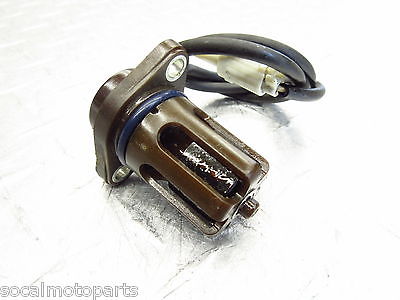
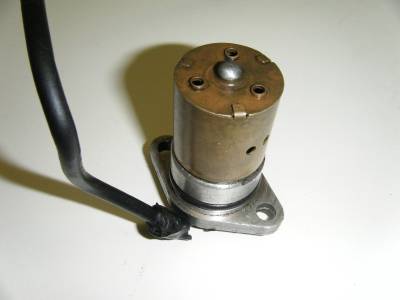
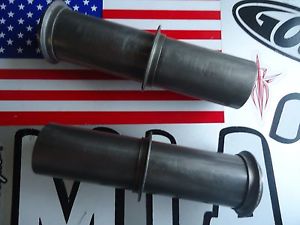
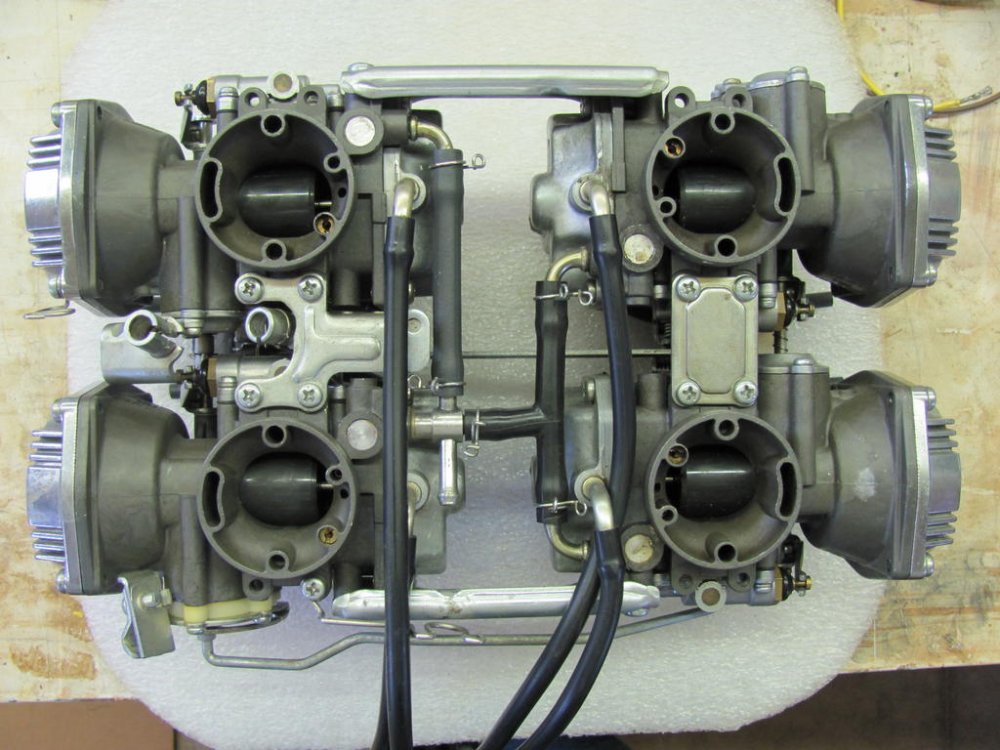
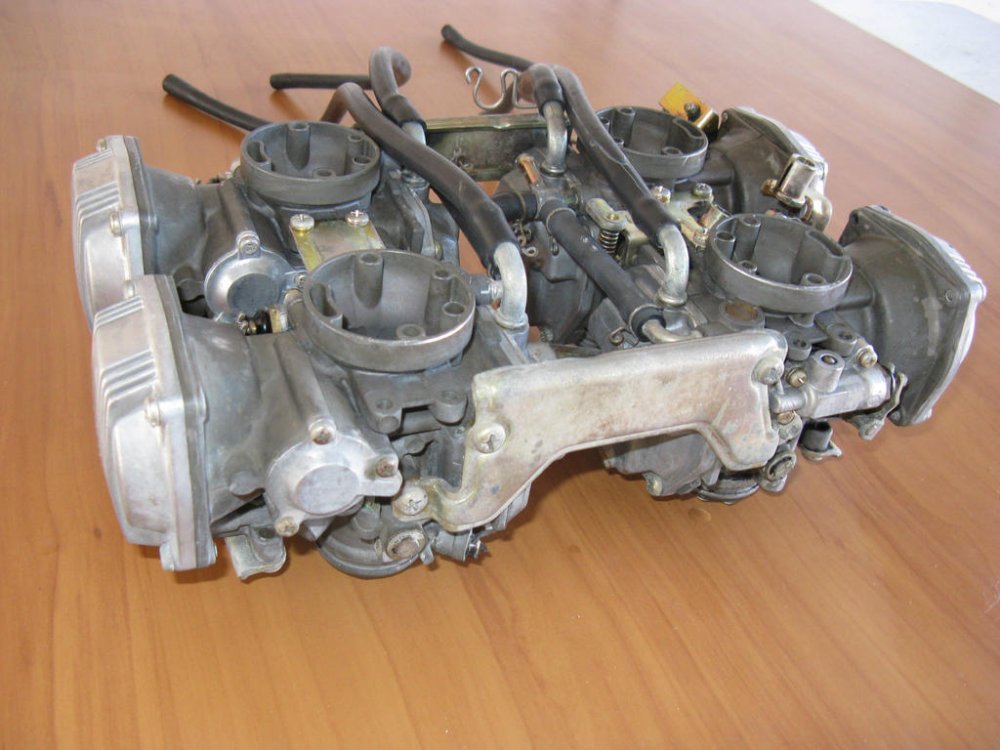
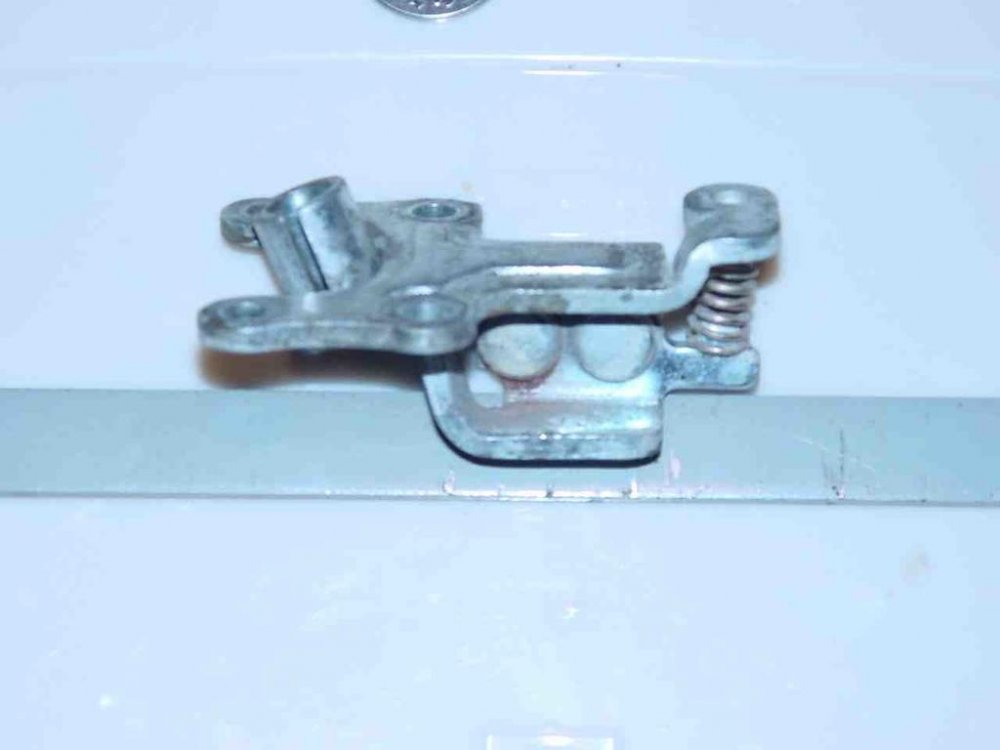
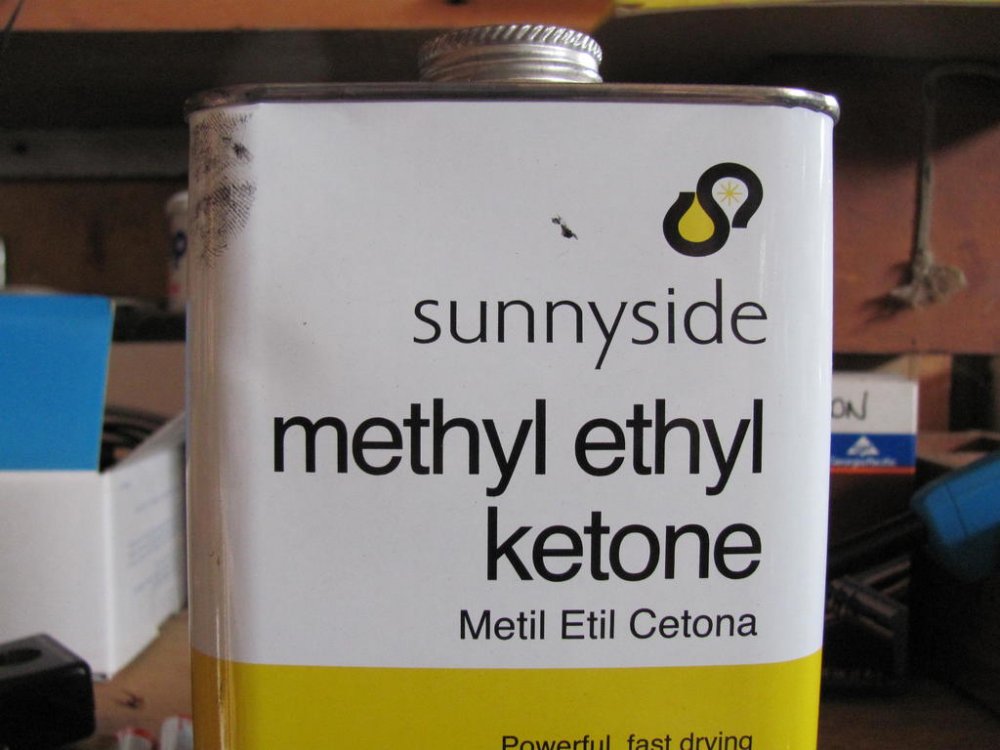
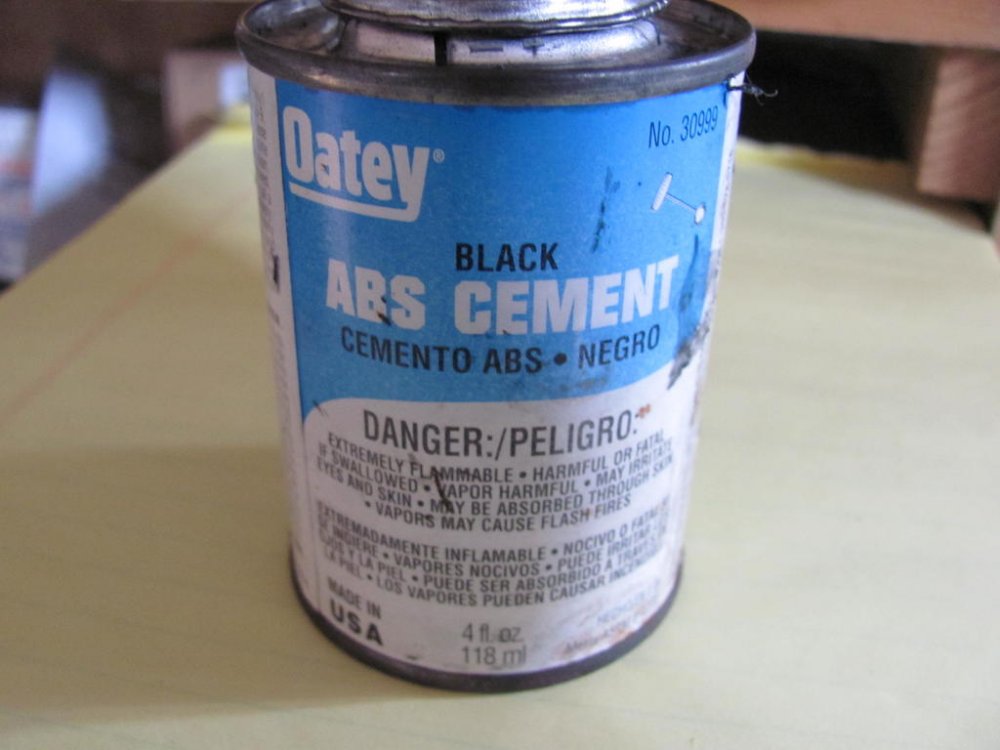
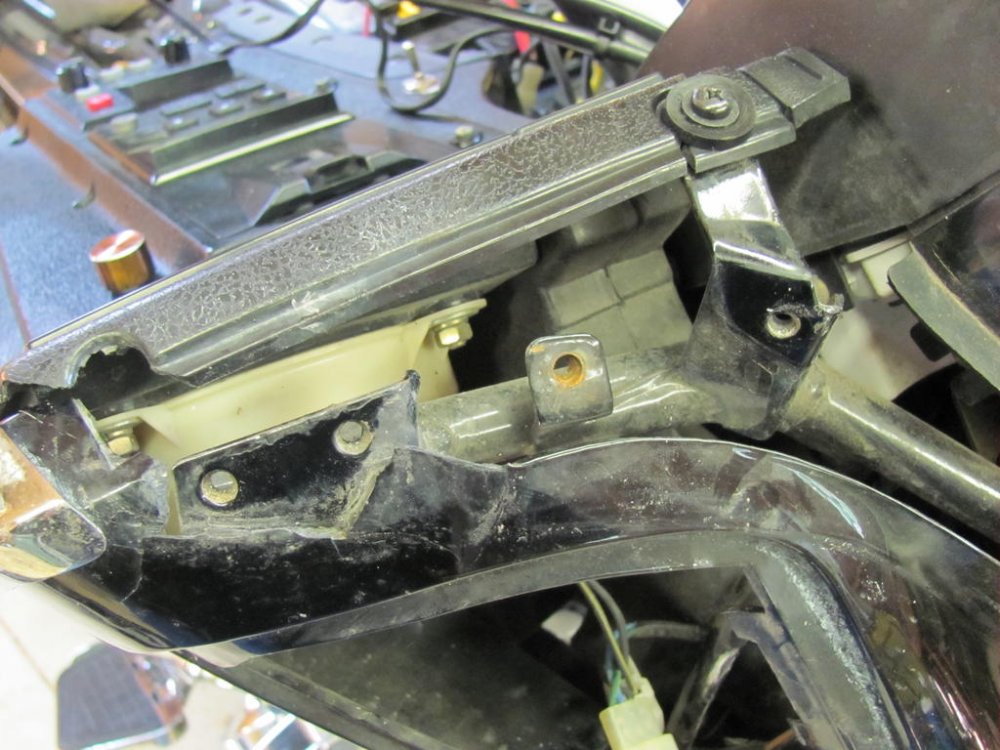
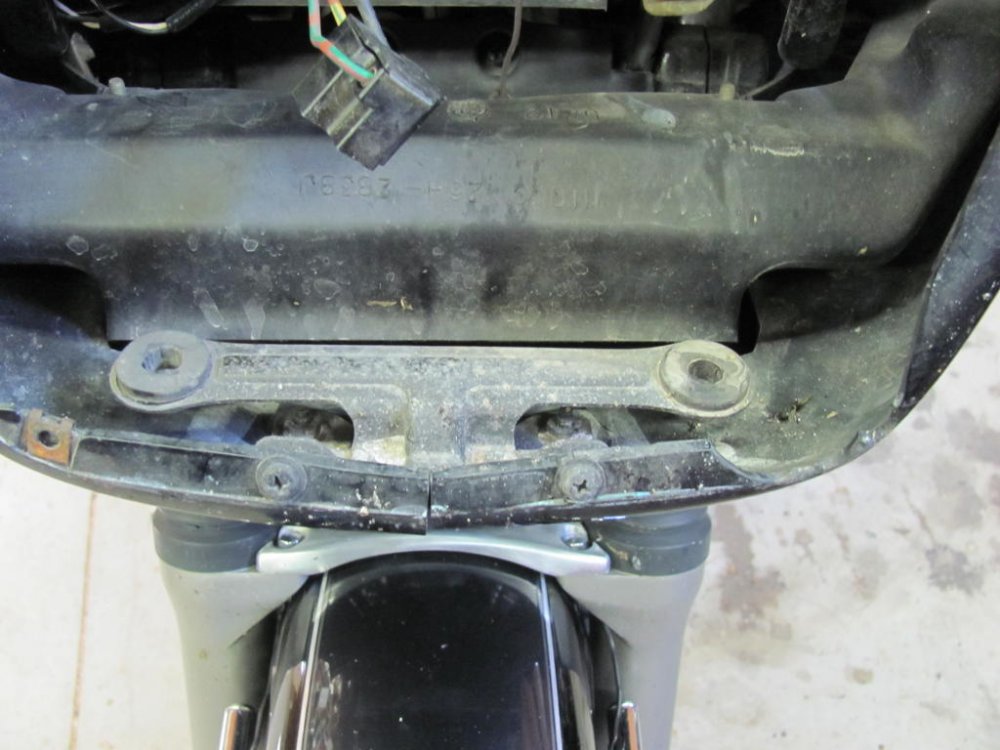
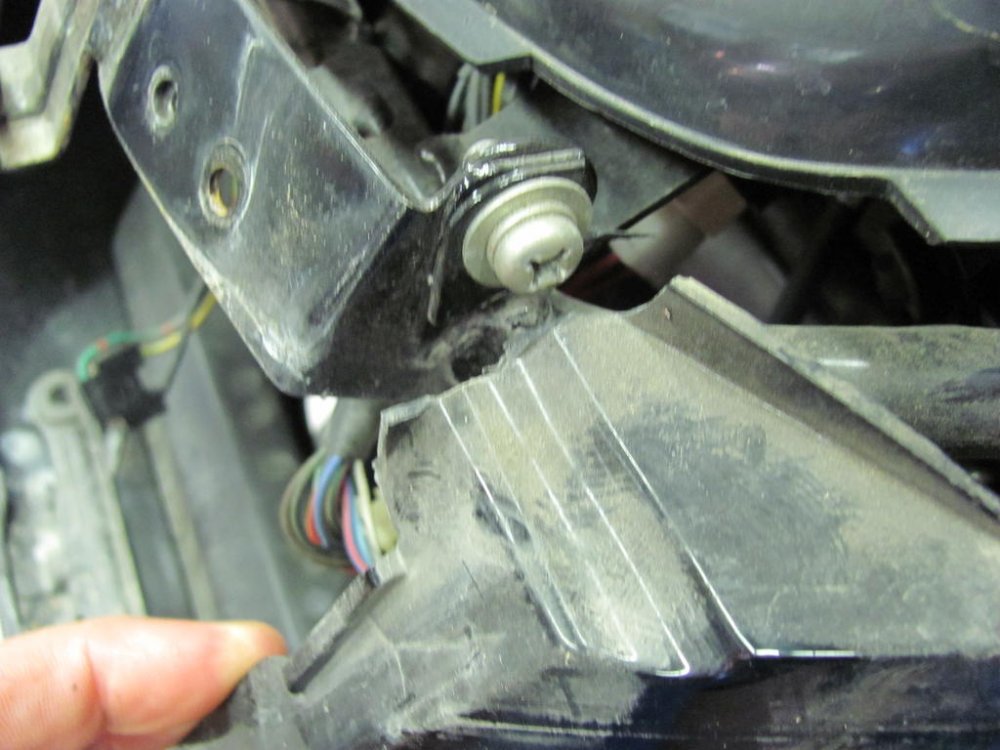
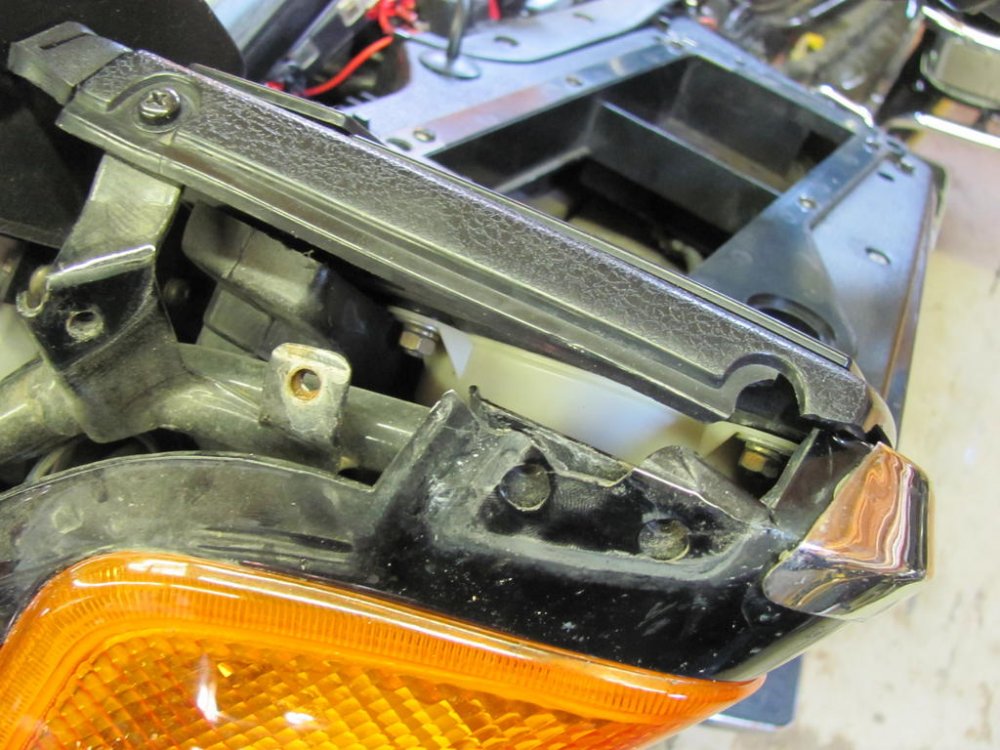
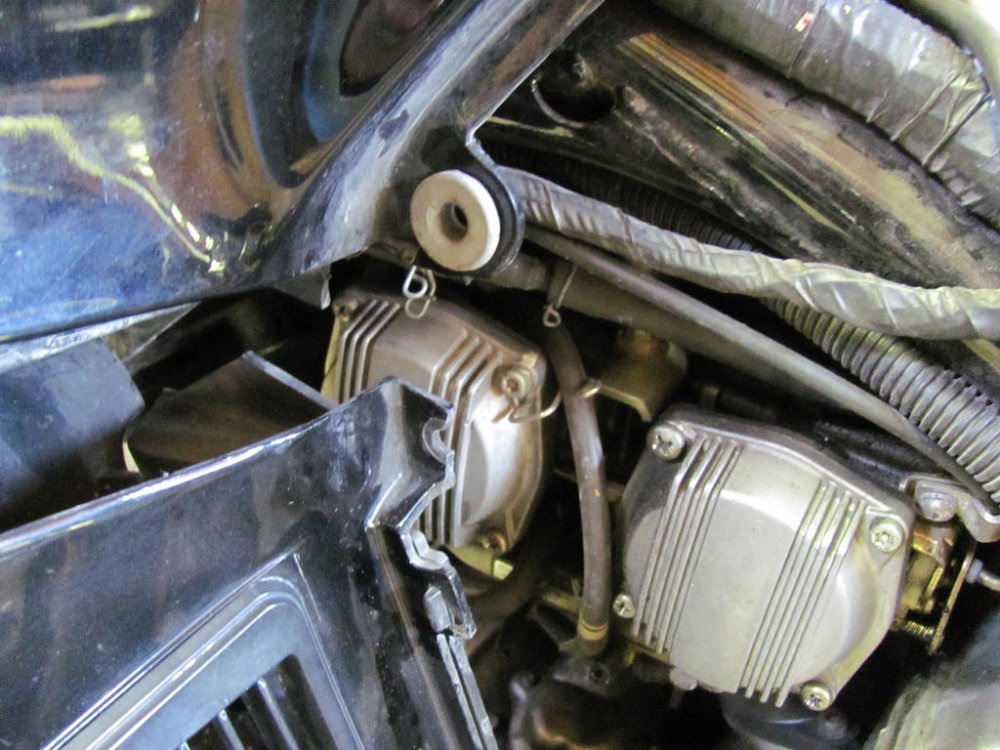
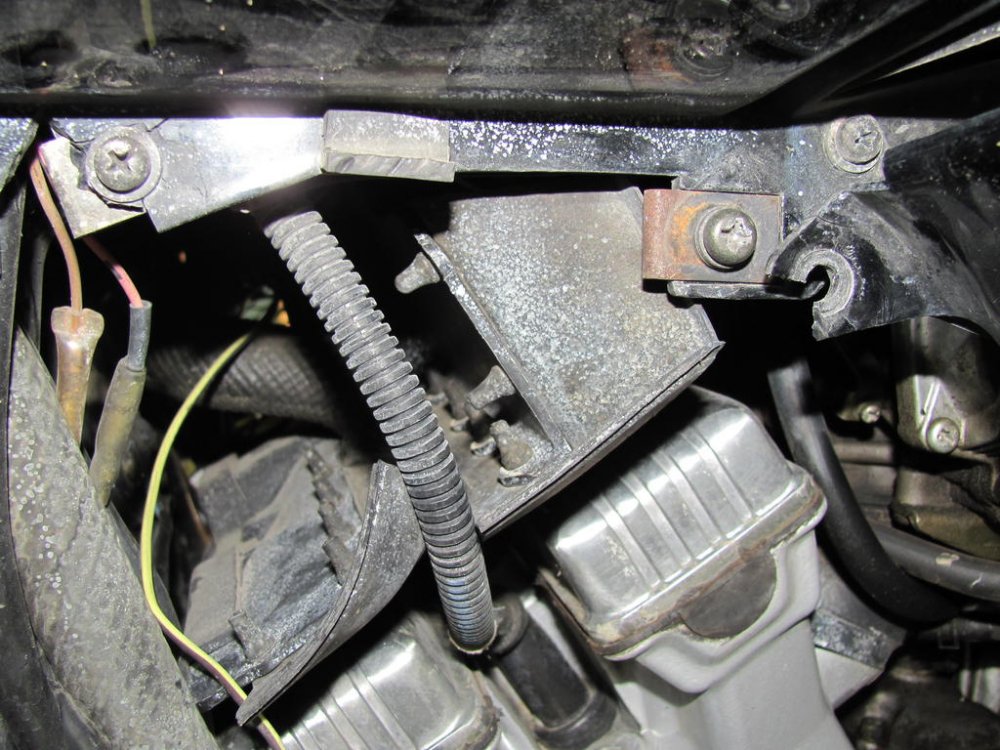

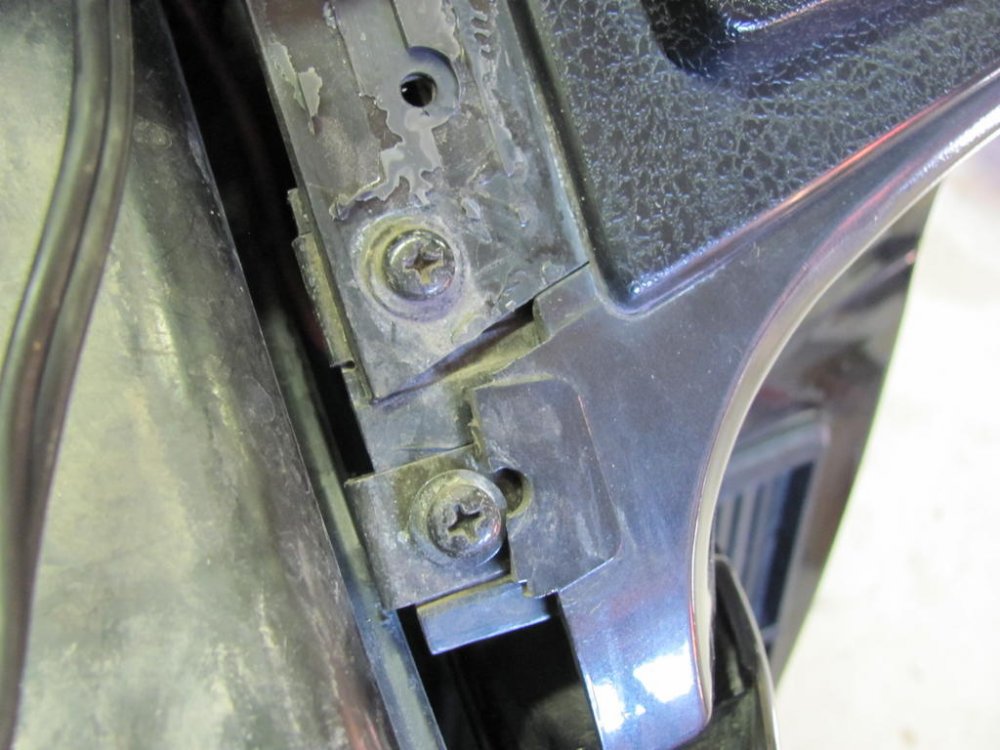

.thumb.jpg.6b8381536b5bc1c59a862c2094748208.jpg)
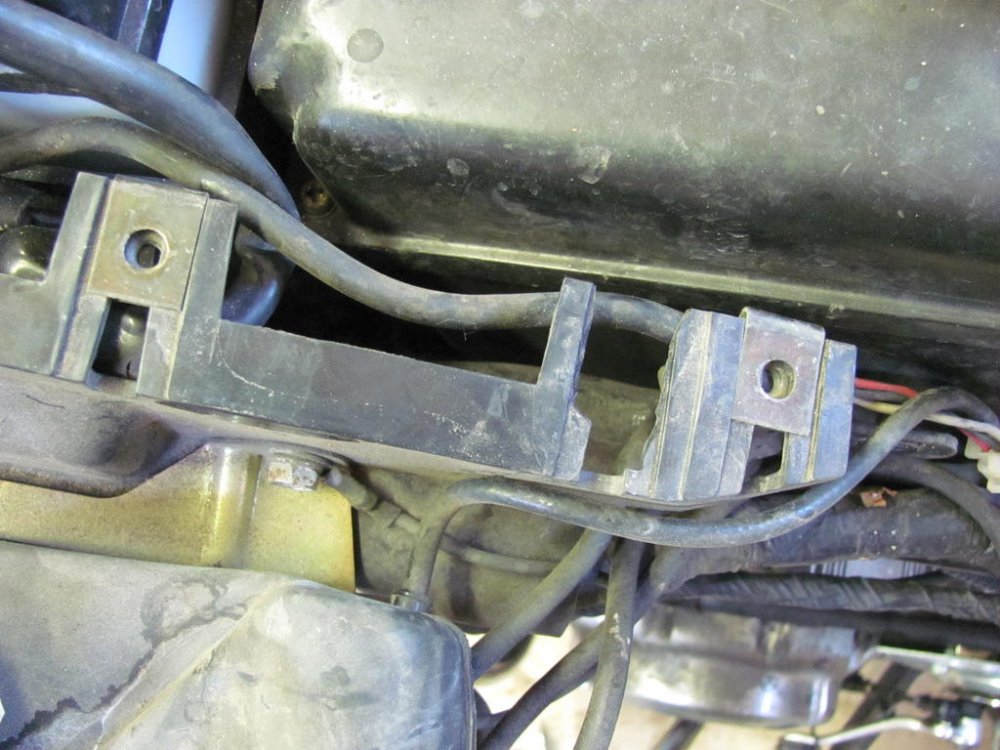
.thumb.jpg.0321c30d2c502084322f9463244f81a5.jpg)
